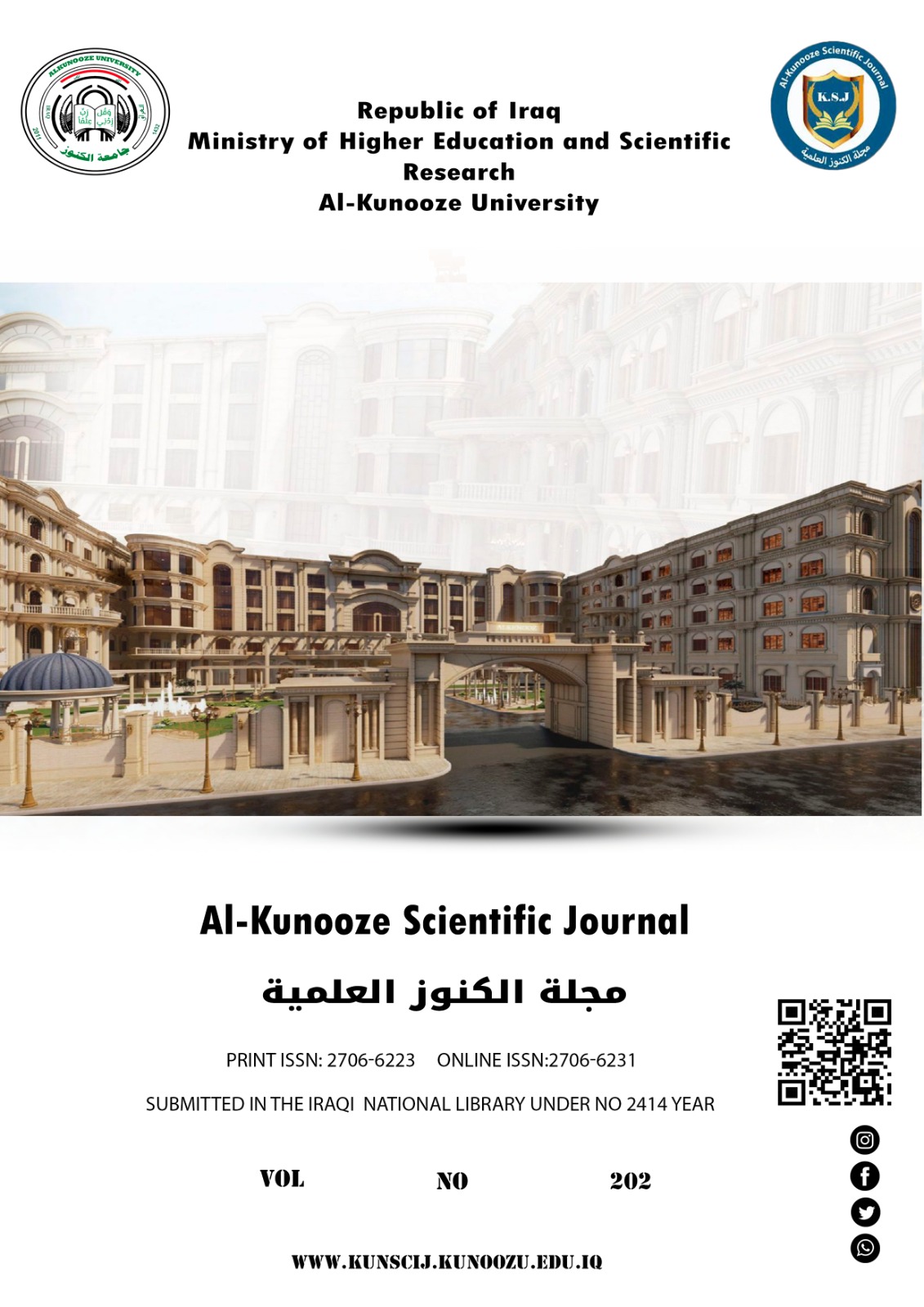Abstract
The current study has been done to determine the pathogenic bacteria that are associated with appendicitis. This study includes ninety samples of removed appendices taken from patients who were diagnosed with appendicitis infection by specialized doctors in general Basrah Hospital and Al-Sadir Teaching Hospital for the period between September 2023 and June 2023. The percentage of samples that gave positive culture was 80 (88.9%), while 10 (11.1%) of these samples had negative culture. The study found 15 different bacterial isolates, with Escherichia coli being the most common at 80 (44.9%), while other species appeared in lower percentages. Shigella dysenteriae 14 (7.9%), Salmonella enterica typhi 10 (6.5%), and other strains with lower percentages Laboratory diagnosis for blood samples included an estimate of total WBCs and found that 31% of patients have natural WBC values, while the other patients have high values. The most common bacteria showed that all isolates were resistant to most antibiotics used in the test, especially for the lactam group, and the isolates of E. coli were multi-resistant to antibiotics. The plasmid profiles of E. coli isolates were investigated to study the correlation between plasmid profiles and antibiotic-resistant markers, and results from agarose gel electrophoresis revealed that all E. coli isolates contain one plasmid band. This study includes the detection of some genes that encode beta-lactamase enzymes in E. coli, which are responsible for multi antibiotic resistance. These genes were loaded on plasmid DNA for ten isolates, and it found that 5 (50%) of isolates have the blaTEM gene, 40% have the blaCTX gene, and 1 (10) has the blaSHV gene. This study also considered the general appearance of appendix samples: some are enlarged and surrounded by vesicles, some have fibrous walls and are ulcerated with mixed colors, and then the histological changes were examined. The study showed changes in the histological structure of the excess, including extensive congestion of blood vessels and veins in the serosa and subserosal layers and increased amounts of diffuse lymphoid tissue in the layers of the appendix walls.
Keywords
Appendicitis
Beta-lactamase
histological examination.
Plasmid DNA
